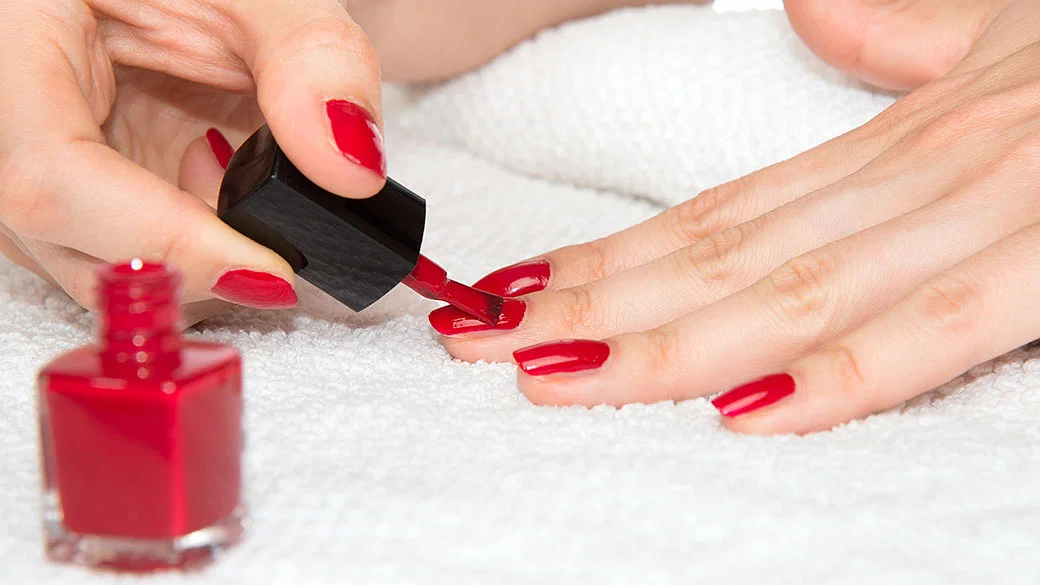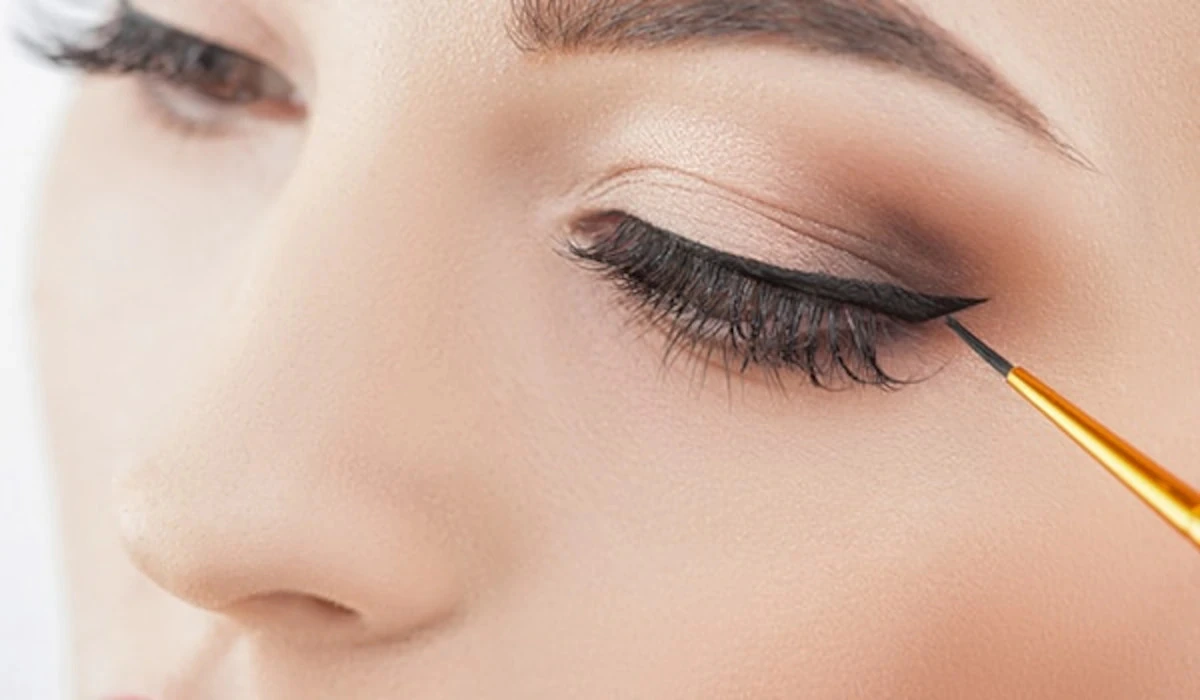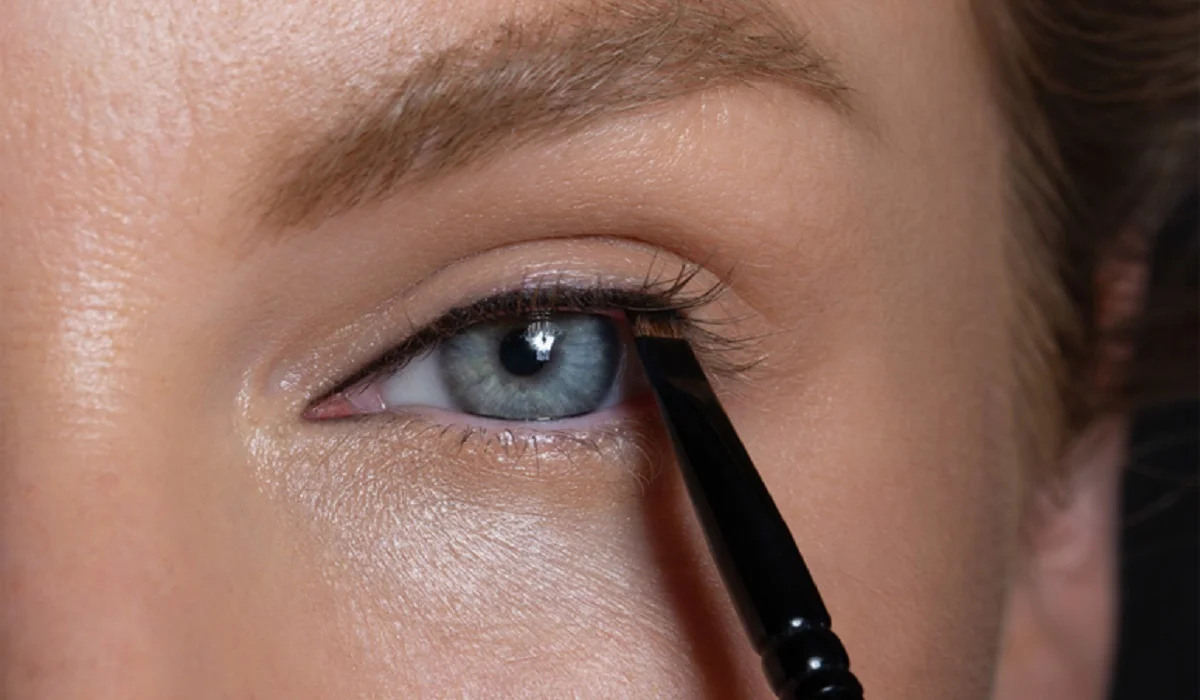The allure of lips transcends mere aesthetics, playing a pivotal role in our expressions and the vibrancy of our smiles, thereby influencing our self-esteem and how we are perceived. Our lips, devoid of oil-producing glands, are exposed to the merciless whims of the environment, be it the biting chill, arid conditions, or the relentless sun. This exposure necessitates a dedicated regimen for lip care, elevating it from a mere aspect of our beauty routines to a critical necessity.
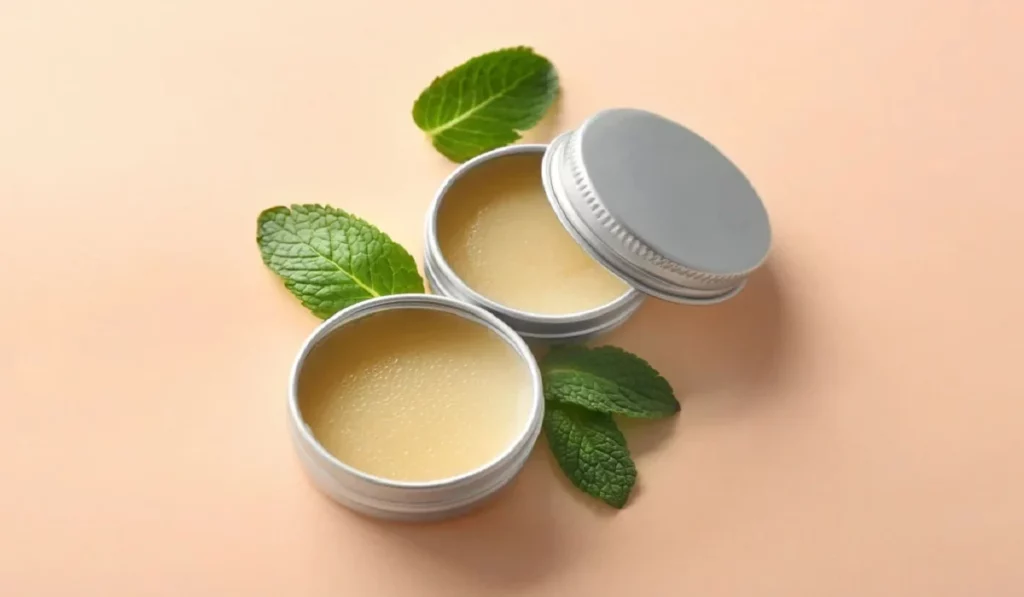
Advantages of Crafting Your Own Lip Balm
Efficiency and Uncomplicated Nature: The allure of concocting your own lip balm lies in its straightforwardness and cost-effectiveness. A modest investment in simple ingredients yields a bountiful supply, sufficient for months. This approach is not only economical but also opens a playground for experimentation with flavors and ingredients, all without denting your wallet.
Mastery Over Composition: The commercial lip balm aisle is a maze of complex formulations, some containing elements that might not sit well with everyone. Venturing into homemade lip balm creation bestows upon you the power to curate your ingredients, ensuring a concoction that is as natural as it is benign, especially for those with a penchant for sensitivities.
Tailoring to Taste: The realm of DIY lip balm is rife with customization opportunities. From the fragrance and taste to the hue, you can tweak your creation to reflect your personal style and preferences. This bespoke approach not only personalizes your lip care but also transforms homemade lip balms into intimate, thoughtful presents for loved ones.
Sustainability: Opting to craft your own lip balm is a nod to environmental consciousness. By favoring natural constituents and repurposable packaging, you contribute to the reduction of plastic waste and the dissemination of harmful chemicals into our planet.
Curating Natural Components for Your Lip Balm
Foundation Elements for Consistency and Hydration: The cornerstone of any exemplary lip balm lies in its base components – beeswax, shea butter, cocoa butter, and coconut oil. These ingredients are pivotal for achieving the desired consistency that solidifies at room temperature yet melts upon contact with the lips, providing moisture and shielding them from the elements.
Oils for Enrichment and Moisturization: Incorporating oils like argan, jojoba, and sweet almond enriches the lip balm with moisturizing virtues. These oils, brimming with vitamins and fatty acids, are instrumental in the rejuvenation and healing of the lips’ delicate dermis.
Essential Oils for Fragrance and Added Benefits: Essential oils infuse the lip balm with enticing aromas while endowing it with additional benefits. For instance, peppermint oil imparts a refreshing coolness, whereas lavender oil is celebrated for its soothing properties. It’s crucial to employ these potent oils judiciously to prevent irritation.
Additional Components for Restoration and Defense: Ingredients such as honey, vitamin E oil, and aloe vera gel introduce extra layers of healing and protection. Honey acts as a natural humectant, attracting moisture to the skin. Vitamin E oil is a powerhouse of antioxidants that aid in cellular restoration, and aloe vera gel offers solace to irritated lips, alongside a cooling sensation.
Recipes for Crafting Custom Lip Balm
Concocting Your Lip Elixir: The creation process is a delightful blend of art and simplicity. By melting the foundational ingredients, incorporating your chosen oils, and decanting the amalgam into receptacles to solidify, you can fashion an array of lip balms that cater to your specific desires and needs.
- Base Components: Beeswax, shea butter, cocoa butter, and coconut oil form the quintessential mix for your lip balm, ensuring hydration and a silky texture.
- Oils for Augmentation: Argan, sweet almond, jojoba, and grape seed oil enhance the balm with additional moisturizing properties and vital nutrients.
- Aromatic Essential Oils: Employ lavender, peppermint, rose, and vanilla essential oils for their therapeutic fragrances and properties.
- Supplementary Elements: Honey, vitamin E oil, and aloe vera enrich the balm with their antimicrobial and soothing capabilities.
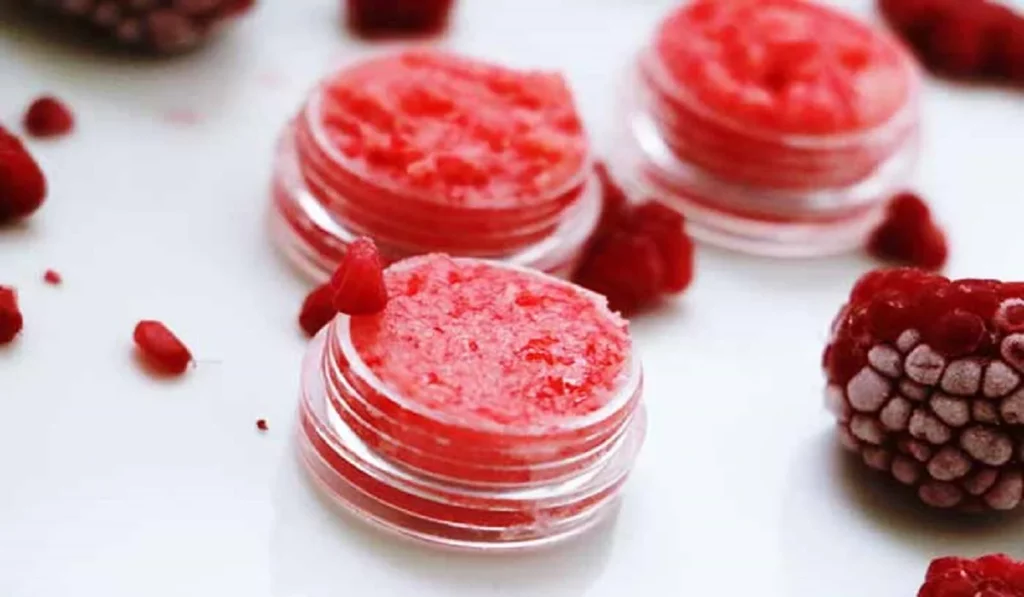
Detailed Homemade Lip Balm Recipes:
- Rose Lip Balm: Fuse 1 teaspoon of beeswax with 1 tablespoon each of castor oil and cocoa butter, and 3 tablespoons of rose oil. Integrate 1 teaspoon of powdered rose petals for a tint. Decant into molds and refrigerate.
- Honey Lip Balm: Blend 10 grams each of cocoa butter and beeswax with 15 grams of shea butter. Introduce 4 teaspoons of sweet almond oil and 2 teaspoons of honey. Add 1 teaspoon of vanilla extract for flavoring, pour, and allow to set.
- Shea Butter Lip Balm: Combine 1 tablespoon each of shea butter, beeswax, and coconut oil. Incorporate 1 teaspoon of raw honey, mix, pour, and let it cool.
- Peppermint Oil Lip Balm: Melt 1 tablespoon of beeswax with 1 teaspoon each of coconut oil and sweet almond oil. Mix in three drops of peppermint oil, and pour to cool.
The Verdict on Homemade Lip Balm
Engaging in the creation of your own lip balm is not only an act of self-care but a statement of mindfulness towards health and the environment. With minimal effort and natural ingredients, you can craft a product that is both personal and beneficial, offering a tangible connection to the beauty regimen. Whether for yourself or as a gesture of care for others, homemade lip balms stand out as heartfelt, health-conscious choices in our daily lives.
Crafting the Perfect Lip Balm: Selecting Natural Ingredients for Optimal Care
1. The Premier Natural Oils for Crafting Homemade Lip Balm The hydration and nourishment of your lips are paramount, and selecting the ideal natural oils for your DIY lip balm is essential. Opt for coconut oil to deeply hydrate, almond oil for its rich vitamin A and E content, jojoba oil to mirror the lip’s natural sebum, and avocado oil for its superior moisturizing and skin-regenerative properties. These oils offer a customizable foundation for your lip care routine, catering to various needs and preferences.
2. Determining the Ideal Butter for Your Lip Balm Recipe The choice of butter in your lip balm recipe is crucial for achieving the desired consistency and therapeutic benefits. For softening and anti-inflammatory effects, shea butter stands out. Cocoa butter, on the other hand, forms a protective layer while delighting the senses with its chocolate aroma. Mango butter, rich in antioxidants and vitamins, offers a lighter alternative. Your selection should align with your specific lip care goals, whether it’s intense hydration, protection, or restoration.
3. Vegan Beeswax Substitutes for Eco-Conscious Crafters Vegan crafters seeking beeswax alternatives have excellent options in candelilla wax and carnauba wax. Candelilla wax mimics the textural and protective qualities of beeswax, while carnauba wax, known for its glossy finish and robust melting point, is ideal for lip balm formulations. These plant-based substitutes support sustainable practices and vegan principles without sacrificing product efficacy.
4. Incorporating Essential Oils for Enhanced Lip Balm Benefits Integrating essential oils into your DIY lip balm can provide therapeutic effects and aromatic pleasures. It’s crucial to use them judiciously and confirm their suitability for lip application. Peppermint offers a refreshing coolness, lavender calms, and sweet orange uplifts. Conduct a skin patch test prior to using new essential oils, particularly for those with sensitive skin, to ensure compatibility and safety.
5. Boosting Lip Balm Moisturization Enhancing your lip balm’s moisturizing capabilities can be achieved by adding vitamin E oil for its protective and nourishing properties, and honey, renowned for its healing and hydrating benefits. Adjusting the oil and butter ratios in your mixture can further intensify moisturization. Experimentation with various ingredient combinations will help you discover the perfect formula for your lips.
6. Utilizing Natural Colorants for a Pop of Color Introducing natural colorants into your lip balm not only imbues it with beautiful hues but also imparts additional lip care benefits. Beetroot and alkanet root powders create lovely pink to red tints, cocoa powder offers a subtle brown, and turmeric powder yields a golden color. These colorants bring antioxidant and anti-inflammatory advantages to your lip balm, enhancing its overall efficacy.
7. Maximizing DIY Lip Balm Shelf Life Ensuring an extended shelf life for your homemade lip balm involves avoiding water in the formulation to prevent bacterial proliferation. Employ clean, sterilized containers for your balm, and consider natural preservatives like vitamin E oil to prolong its usability. Storing your lip balm in a cool, dry environment away from sunlight is crucial for maintaining its quality and performance.
Through careful selection of ingredients and adherence to best practices, you can formulate a DIY lip balm that not only enhances the beauty of your lips but also provides them with profound nourishment and care.
The journey toward crafting your own lip care solutions is both empowering and enlightening, fostering a deepened connection to personal well-being and environmental stewardship. Through understanding the critical role of natural ingredients and mastering the art of lip balm creation, you unlock the door to a world where your lips are not only nourished and protected but are a testament to your commitment to a healthier, more sustainable way of living. Whether embraced for personal indulgence or shared as tokens of affection, homemade lip balms epitomize the heartwarming intersection of utility and personal expression in the realm of beauty care.


